ETHER LIPID METABOLISM RESEARCH GROUP:
THE WATSCHINGER LAB
Our body synthesises a fascinating variety of lipids in order to maintain vital functions. Still, many processes and whole lipid classes are not well understood. Ether lipids including the plasmalogens form such a class of lipids. They are important for physiological processes like fine-structuring of the brain, protection of the eye from cataract, sperm maturation, and signalling. More and more conditions including Alzheimer’s, Parkinson’s, chronic obstructive pulmonary disease and recently Covid-19 have been emerging over the last years as being linked to ether lipids but the pathophysiological mechanisms are not clear.
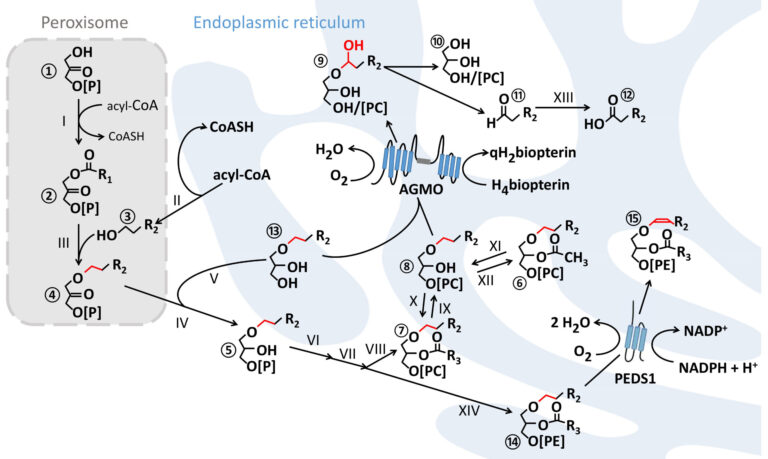
The mission and fascination of my laboratory lies in unravelling the underlying molecular mechanisms in ether lipid metabolism to increase our understanding of the processes that can ultimately lead to disease in humans, thus providing novel treatment targets in the future. Our main focus lies on two enzymes in ether lipids metabolism, AGMO and PEDS1, whose genes we could describe during the last years.
Publications: https://pubmed.ncbi.nlm.nih.gov/?cmd=search&term=Watschinger+K[AU]+NOT+Boner+AL&sort=date
In the Watschinger lab we are interested in enzymes and lipids involved in ether lipid metabolism. We are studying the biochemistry and physiology of plasmanylethanolamine desaturase (PEDS1), the enzyme introducing the characteristic vinyl double bond of plasmalogens. As a major milestone, we could assign the TMEM189 gene to PEDS1 in 2020.
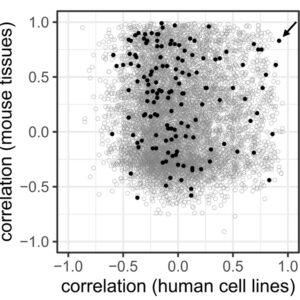
The TMEM189 gene encodes plasmanylethanolamine desaturase which introduces the characteristic vinyl ether double bond into plasmalogens. Werner ER, Keller MA, Sailer S, Lackner K, Koch J, Hermann M, Coassin S, Golderer G, Werner-Felmayer G, Zoeller RA, Hulo N, Berger J, Watschinger K. Proc Natl Acad Sci U S A. 2020 Apr 7;117(14):7792-7798. https://doi.org/10.1073/pnas.1917461117
This information now allows us to investigate the physiology of PEDS1 in different model systems. Key to the identification of the PEDS1 gene was the establishment of a sensitive HPLC micro-assay relying on a pyrene-labelled substrate.
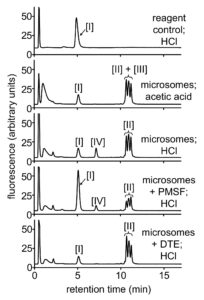
A novel assay for the introduction of the vinyl ether double bond into plasmalogens using pyrene-labelled substrates. Werner ER, Keller MA, Sailer S, Seppi D, Golderer G, Werner-Felmayer G, Zoeller RA, Watschinger K. J Lipid Res. 2018 May;59(5):901-909. https://doi.org/10.1194/jlr.D080283
In a similar manner, a couple of years earlier, we had already been successful in identifying also the gene for alkylglycerol monooxygenase (AGMO). AGMO, in contrast to the anabolic enzyme PEDS1, is an ether lipid degrading enzyme. It is dependent on the cofactor tetrahydrobiopterin. Both enzymes are located in the endoplasmic reticulum, where the second part of ether lipid metabolism is located.
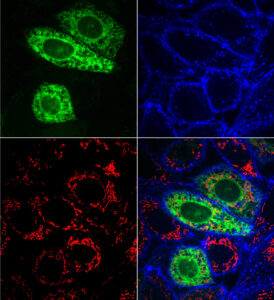
Identification of the gene encoding alkylglycerol monooxygenase defines a third class of tetrahydrobiopterin-dependent enzymes. Watschinger K, Keller MA, Golderer G, Hermann M, Maglione M, Sarg B, Lindner HH, Hermetter A, Werner-Felmayer G, Konrat R, Hulo N, Werner ER. Proc Natl Acad Sci U S A. 2010 Aug 3;107(31):13672-7. https://doi.org/10.1073/pnas.1002404107
Over the last couple of years, we have established model systems in our lab to study the biochemistry of AGMO and unravel its physiological role.

Adaptations of the 3T3-L1 adipocyte lipidome to defective ether lipid catabolism upon Agmo knockdown. Sabrina Sailer, Katharina Lackner, Mia L Pras-Raves, Eric J M Wever, Jan B van Klinken, Adriaan D Dane, Stephan Geley, Jakob Koch,
Georg Golderer, Gabriele Werner-Felmayer, Markus A Keller, Werner Zwerschke, Frédéric M Vaz, Ernst R Werner, Katrin Watschinger. J Lipid Res. 2022 Jun;63(6):100222.
https://www.sciencedirect.com/science/article/pii/S0022227522000554?via%3Dihub
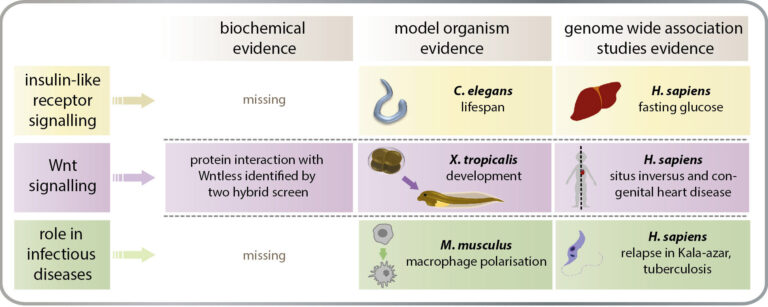
The Emerging Physiological Role of AGMO 10 Years after Its Gene Identification. Sailer S, Keller MA, Werner ER, Watschinger K. Life (Basel). 2021 Jan 26;11(2):88. https://doi.org/10.3390/life11020088
When the genome bluffs: a tandem duplication event during generation of a novel Agmo knockout mouse model fools routine genotyping. Sailer S, Coassin S, Lackner K, Fischer C, McNeill E, Streiter G, Kremser C, Maglione M, Green CM, Moralli D, Moschen AR, Keller MA, Golderer G, Werner-Felmayer G, Tegeder I, Channon KM, Davies B, Werner ER, Watschinger K. Cell Biosci. 2021 Mar 16;11(1):54. https://doi.org/10.1186/s13578-021-00566-9
By describing the physiological roles of PEDS1 and AGMO and providing an optimal methodological toolkit, we can analyse enzymatic activities of AGMO or PEDS1 variants found in patients and provide experimental evidence for suspected genotype-phenotype correlations.

Biallelic variants in AGMO with diminished enzyme activity are associated with a neurodevelopmental disorder. Okur V, Watschinger K, Niyazov D, McCarrier J, Basel D, Hermann M, Werner ER, Chung WK. Hum Genet. 2019 Dec;138(11-12):1259-1266. https://doi.org/10.1007/s00439-019-02065-x
Funded Projects
- FWF Schrödinger Fellowship an der University of Oxford “AGMO Expression, Regulation and Function in Macrophages”
- Autonomous Province Bolzano/South Tyrol Project “Role of alkylglycerol monooxygenase and tetrahydrobiopterin biosynthesis in adipocyte function”
- Tiroler Wissenschaftsfonds Project “Alkylglycerol Monooxygenase: Impact on phosphosignalling pathways”
- FWF Stand-alone Project “AGMO: Impact on adipocyte differentiation”
- FWF Stand-Alone Project “Dissecting the role of plasmalogens in ether lipid-associated pathologies”
- Austrian Central Bank, Anniversary Fund, project number: 1800. “AGMO function and ether lipid metabolism in human adipose tissue biology”
- FWF Forschungsgruppe 15 “Oxidative damage & repair of membrane lipids in health and disease”